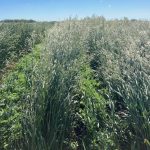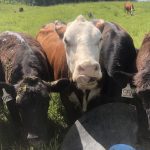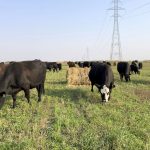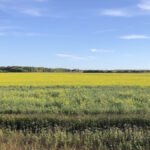
Tag Archives Forages

Alfalfa for Canada’s climate
Nature doesn’t always provide conveniently severe winters to select for survival

VIDEO: What does a healthy pasture look like?
Rangeland biologist answers the question, ‘can cattle be trained to eat spurge?’

Stocking cattle and stockpiling forage
Tim Wray walks us through his family’s plan for the grazing season as they seek to balance forage supplies with cattle inventory

Stockpiling meadow bromegrass and cicer milkvetch for winter feed

Options for reseeding pastures
From frost seeding to aerial application, there is a range of methods for rejuvenating forage stands

Diversifying the tool kit for grazing annual forages

Agriclimat project preparing Quebec farmers for changing climate
Quebec forage producers a part of developing farmer-focused climate change adaptation plans

Benchmarking and building soil health
Understanding of the significance of what constitutes healthy soil has increased substantially in recent years

Timing key when managing high-nitrate feeds
News Roundup from the October 2021 issue of Canadian Cattlemen

Putting forage theory into practice
A new online guide explains how to maximize forage production and greenhouse gas sequestration



